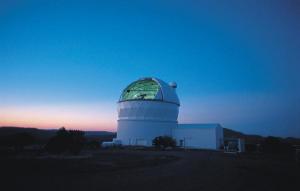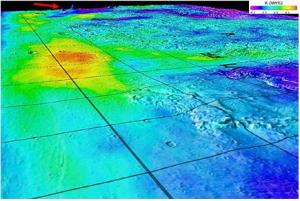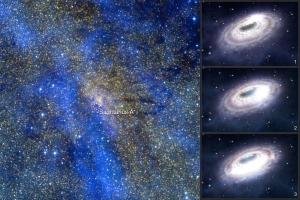Australian and New Zealand researchers have used ancient DNA from penguin fossils to make a startling discovery that may change the way we view species extinctions.
A team from the University of Adelaide, the University of Otago, and Canterbury Museum in New Zealand has identified a previously unknown penguin species while conducting research on New Zealand's endangered yellow-eyed penguin, one the world's rarest penguin species and the subject of an extensive conservation effort.

© Canterbury MuseumMounted specimen of Yellow-eyed Penguin.
The Waitaha penguin became extinct after Polynesian settlement but before 1500 AD, creating an opportunity for the yellow-eyed penguin to subsequently colonise the New Zealand mainland from its base in the sub-Antarctic islands.
"Our findings demonstrate that yellow-eyed penguins on mainland New Zealand are not a declining remnant of a previous abundant population, but came from the sub-Antarctic relatively recently and replaced the extinct Waitaha Penguin," said team member Dr Jeremy Austin, deputy director of the Australian Centre for Ancient DNA.
"Previous analysis of fossil records and anecdotal evidence suggested that the yellow-eyed penguin was more abundant and widespread in the past, but it now appears they have only been around for 500 years," he said.







